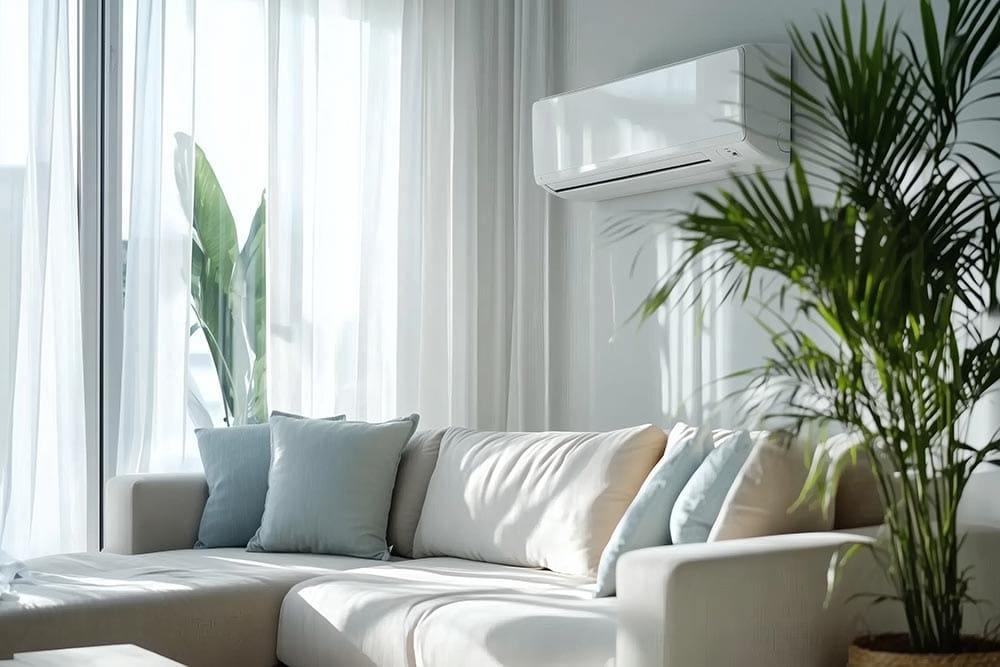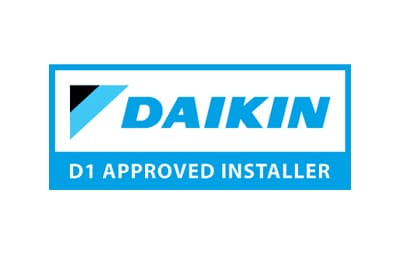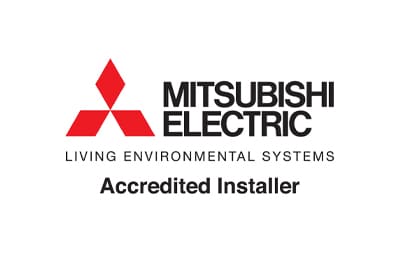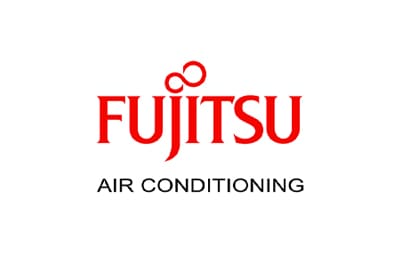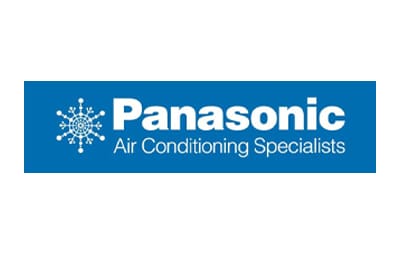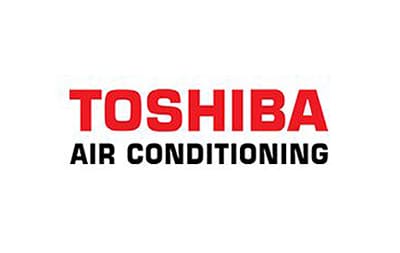Although the specific benefits of ventilation installation may vary depending on the type of system, the target building’s design, and local climate conditions, we’ve listed our top ten reasons for your consideration, below…
1. Improved Indoor Air Quality
Ventilation installation ensures the continuous supply of fresh outdoor air, reducing the concentration of pollutants, allergens, and odours indoors. It helps remove airborne contaminants, such as dust, smoke, and volatile organic compounds (VOCs), which can have detrimental effects on health.
2. Enhanced Health and Comfort:
Adequate ventilation helps prevent the buildup of mould, mildew, and other harmful microorganisms by controlling moisture levels. This reduces the risk of respiratory issues, allergies, and asthma attacks. Additionally, proper ventilation regulates temperature and humidity, and adequate oxygen supply has been linked to improved cognitive performance, concentration, and productivity! Good air quality and sufficient oxygen levels can enhance mental clarity, focus, and well-being.
3. Carbon Dioxide Control
In spaces with high occupancy, such as offices or classrooms, ventilation helps maintain healthy levels of carbon dioxide (CO2). Excess CO2 can cause drowsiness, decreased productivity, and poor concentration. Proper ventilation ensures a constant supply of fresh air and the removal of CO2, promoting a more alert and productive environment.
4. Condensation and Moisture Control:
Proper ventilation in spaces prone to high humidity levels, like bathrooms and kitchens, prevents condensation on windows, walls, and ceilings. This helps inhibit the growth of mould and mildew, safeguarding the structural integrity of the building and preventing potential health issues.
5. Enhanced Building Durability
By controlling moisture levels and preventing condensation, ventilation systems help protect the building structure from potential damage, including rot, corrosion, and decay. Good ventilation contributes to the longevity and durability of the property.
6. Increased Property Value
Installing a well-designed and efficient ventilation system can increase the value of a property. Potential buyers or tenants often prioritize indoor air quality and comfort, making proper ventilation an attractive feature.
7. Energy Efficiency
Modern ventilation systems are designed to maximize energy efficiency by retrieving heat or coolness from the outgoing air and transferring it to the incoming air. Heat recovery ventilation (HRV) and energy recovery ventilation (ERV) systems help reduce energy consumption and associated costs while maintaining a comfortable indoor environment.
8. Enhanced Fire Safety
Ventilation systems play a crucial role in fire safety by providing an escape route for smoke and toxic gases. They help prevent the buildup of harmful substances during a fire, allowing occupants to evacuate more safely while reducing the risk of smoke inhalation-related injuries or fatalities.
9. Odour Control
Ventilation systems remove unpleasant odours from indoor spaces, such as cooking smells, pet odours, or chemical fumes. By exchanging stale air with fresh air, ventilation eliminates odorous particles and maintains a more pleasant atmosphere.
10. Reduced Allergens and Indoor Pollutants
Adequate ventilation reduces the concentration of allergens such as pollen and dust mites, relieving individuals with allergies or respiratory conditions. It also minimizes the accumulation of indoor pollutants, including volatile organic compounds (VOCs), from cleaning products, paints, and furniture, promoting a healthier indoor environment.

